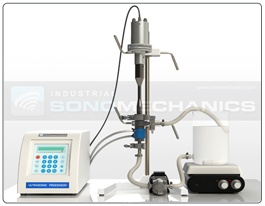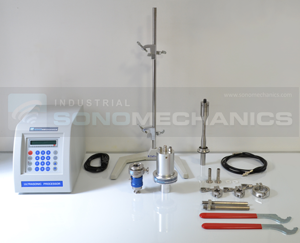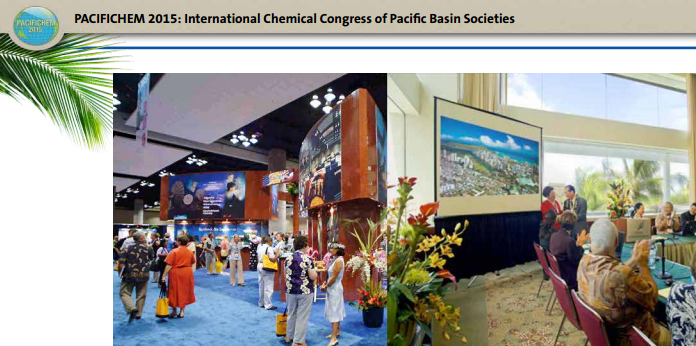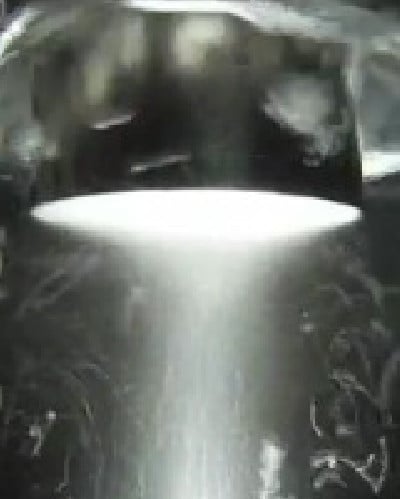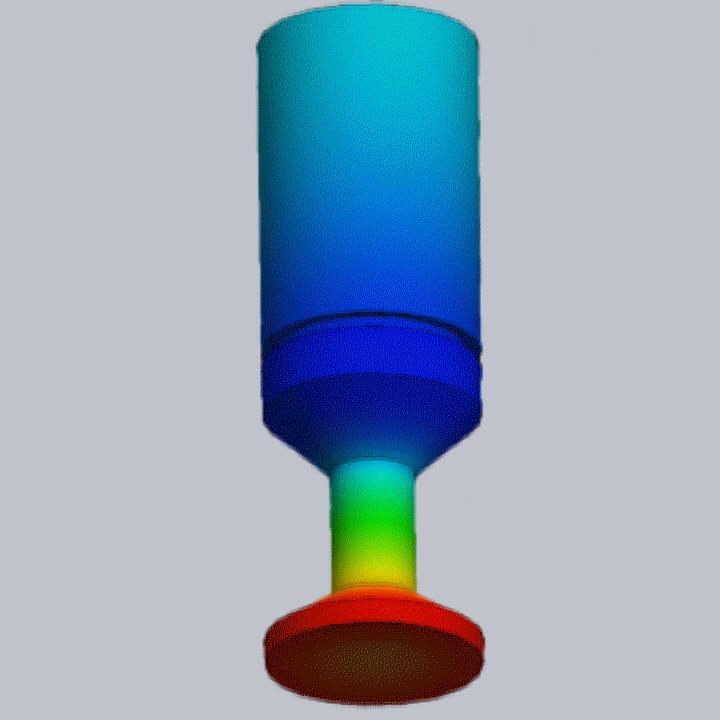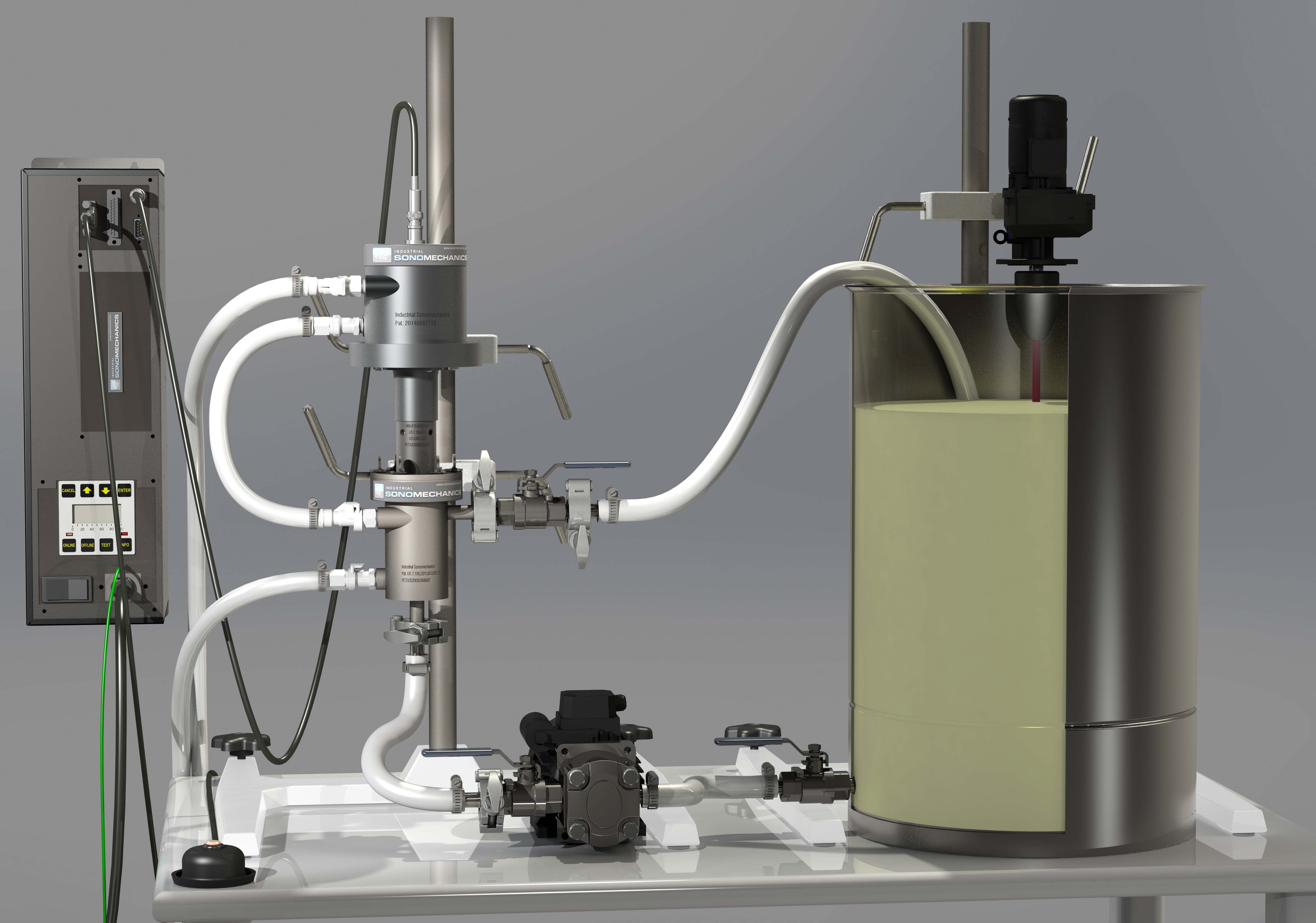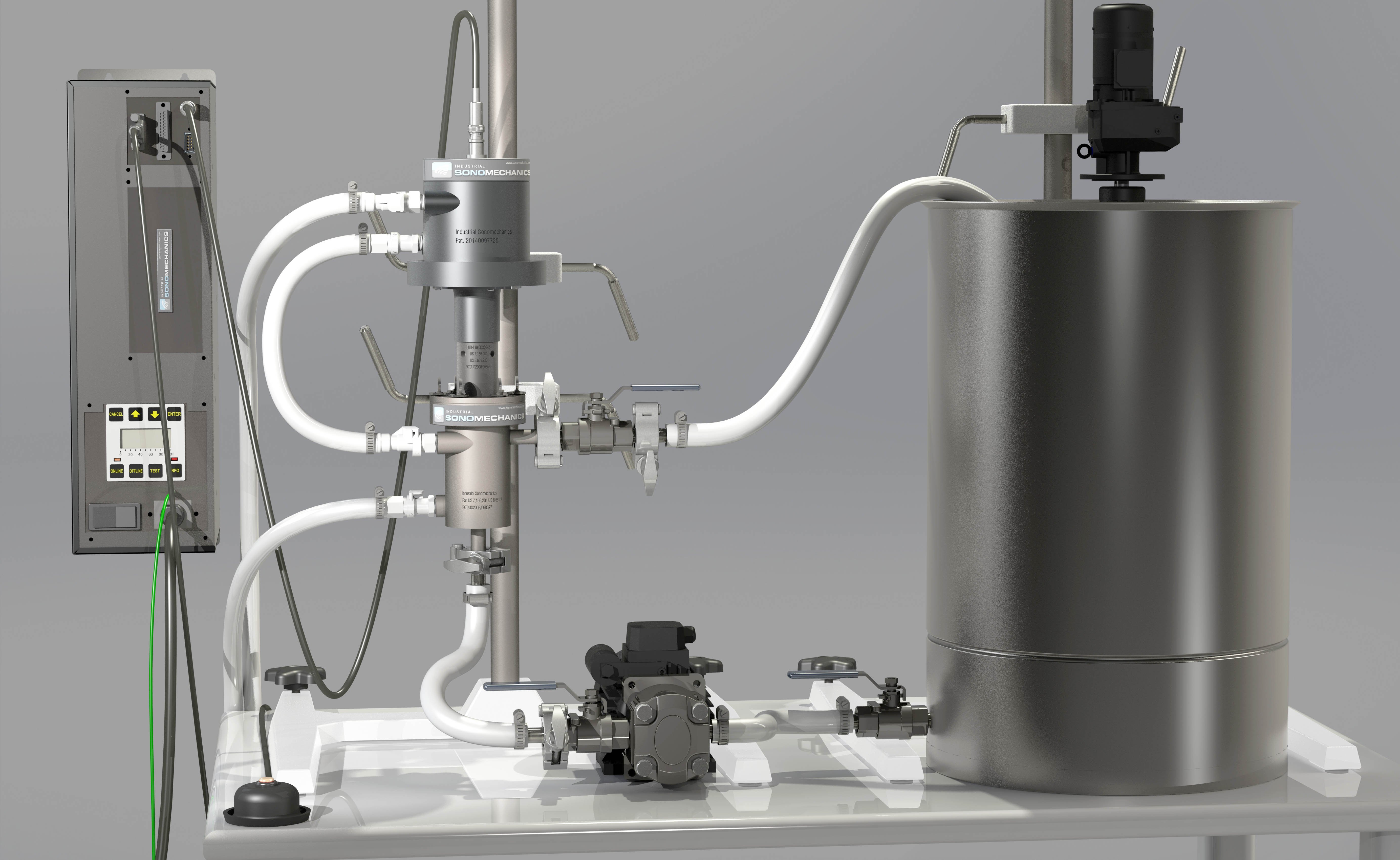Degassing (deaeration, in the case of air) is the process of removing dissolved gasses and/or small entrained gas bubbles from a liquid. It is one of the most common applications of ISM's ultrasonic technology, which provides the means of removing the gasses from a variety of liquids, including water, candle waxes, polymers, epoxies, silicone oils, adhesives, coatings, beverages, inks, paints, transformer oils, emulsion and suspension products, motor oils and many more. Degassing can significantly contribute to the quality of the final product (fewer defects, improved aesthetics, etc.), making it a very desirable process for many companies.
In this blog post we demonstrate the processes of ultrasonic degassing and deaeration of a high-viscosity (17,500 cps) polymer oil, carried out in the batch mode.
.jpg?width=1994&height=332&name=Logo%20Sonomechanics%20White%20No%20Shadow%20R_Final%20(1).jpg)


